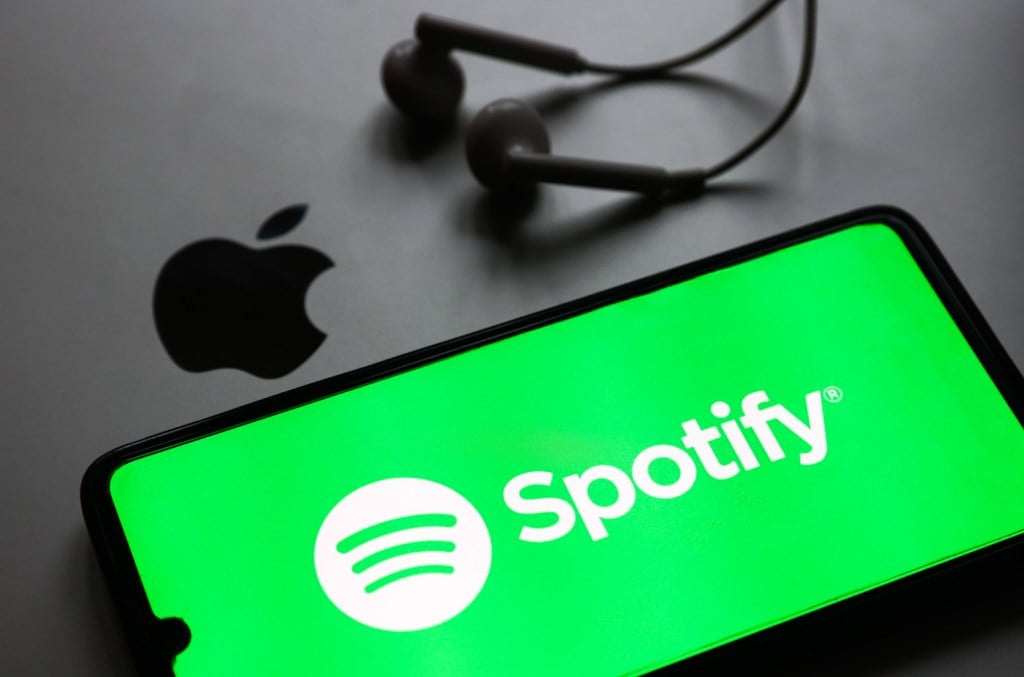When Bloomberg reported that Spotify would be upping the cost of its premium subscription from $9.99 to $10.99, and including 15 hours of audiobooks per month in the U.S., the change sounded like a win for songwriters and publishers. Higher subscription prices typically equate to a bump in U.S. mechanical royalties — but not this time.
By adding audiobooks into Spotify’s premium tier, the streaming service now claims it qualifies to pay a discounted “bundle” rate to songwriters for premium streams, given Spotify now has to pay licensing for both books and music from the same price tag — which will only be a dollar higher than when music was the only premium offering. Additionally, Spotify will reclassify its duo and family subscription plans as bundles as well.



How much do they really care? I’m not usually a quality snob, especially since I frequently use gear of varying quality making it moot, but wouldn’t most people who are really into music at least consider the competition that offers higher quality files at similar if not the same price?
Or are they the type to only have local FLAC with their DAC? Because I like my collection but streaming is still worth the convenience for jumping into a new album.
I have spent a lotttt of time messing around with music production and learning what is pseudo-science (a whole fuckton of it) and what is real science. In all of the ABx testing I have done, read about, and seen demonstrated in person myself a quality MP3 with a decent bitrate encoding (idk 128kps or so?) using a decent algorithm and hell even a sampling rate of 41khz will produce an audio recording that when played back on a hifi audio system and level matched (EXTREMELY IMPORTANT, it is well known in mastering and mixing that a louder mix always sounds better at first glance) is indistinguishable from the source .wav file to the human ear (I don’t care how super human you claim your ear is).
People make this silly mistake of thinking that digitization introduces these sharp staircase edges into audio waveforms, which is actually kind of a hilarious misconception (which I completely understand, not trying to insult people’s intelligence) because the entire idea of digitizing a waveform into a bandwidth-limited digital waveform is utterly reliant on every the analog reproduction of a digital square wave/stair step function with a voicecoil and diaphragm, physical hardware components with shape, size and crucially mass, must necessarily create a smooth analog waveform because physical hardware components have mass and momentum, they aren’t theoretical ideas. It is better to think of a bandwith limited digital waveform as a series of movement commands for an RTS unit in Starcraft 2. The unit will naturally path between discrete points in a way that creates fluid movement, fundamentally it wouldn’t make any sense for the unit to just teleport directly to where you click and then teleport directly to where you click next etc…
Believe I’ve gone down a similar path. I agree, but I assumed the layman dedicated music fan would at least be curious.
And on another note we need more discussion music and audio production around Lemmy.